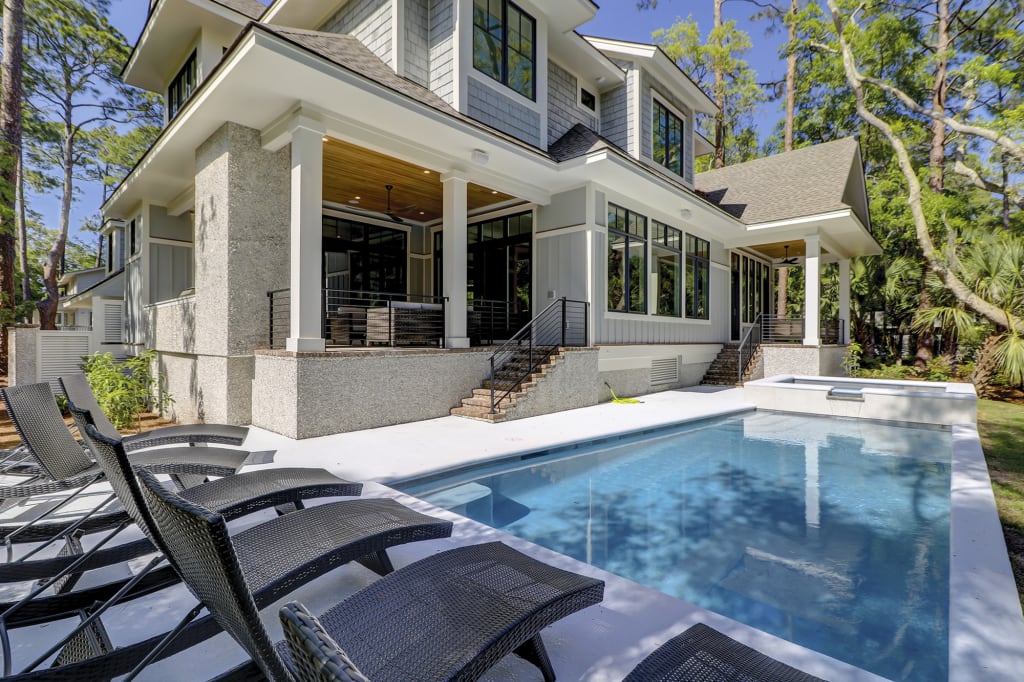Real Estate Investing for Passive Income: Building a Sustainable Portfolio
Investing in real estate is one of the most effective ways to generate passive income and build long-term wealth. Unlike other investment vehicles, real estate provides tangible assets that can appreciate over time while generating consistent cash flow. For many, the goal of real estate investing is to create a sustainable portfolio that provides passive income, allowing for financial freedom and stability.
This blog post will guide you through the fundamentals of real estate investing for passive income, including strategies to build a sustainable portfolio, key considerations, and tips for long-term success.
Understanding Passive Income in Real Estate
Passive income is money earned with minimal effort or active involvement. In real estate, passive income typically comes from rental properties, where tenants pay rent that exceeds the property’s expenses, generating profit for the owner. The key to successful passive income in real estate is investing in properties that consistently yield positive cash flow while appreciating in value over time.
Here are some common types of real estate investments that can generate passive income:
Rental Properties: Single-family homes, duplexes, and multi-family properties rented out to tenants provide regular income from rent payments.
Commercial Properties: Investing in office buildings, retail spaces, or industrial properties allows investors to earn income through leasing to businesses.
Vacation Rentals: Short-term rental properties, such as those listed on Airbnb or Vrbo, can generate significant income, especially in tourist-heavy locations like Hilton Head Island.
Real Estate Investment Trusts (REITs): Investing in REITs offers a way to earn passive income without directly managing properties. REITs pool money from multiple investors to purchase and manage income-generating real estate.
Building a Sustainable Real Estate Portfolio
A sustainable real estate portfolio is one that generates consistent passive income, diversifies risk, and grows in value over time. Here’s how to build a portfolio that stands the test of time:
- Start Small and Scale Gradually
When beginning your real estate investment journey, it's wise to start with a single property and gradually scale your portfolio. Starting small allows you to learn the ropes of property management, understand the local market, and fine-tune your investment strategy. As you gain experience, you can reinvest your earnings into additional properties, scaling your portfolio over time.
- Diversify Your Investments
Diversification is key to reducing risk and ensuring steady income. Invest in different types of properties (residential, commercial, vacation rentals) and in various locations to spread your risk. For example, owning a mix of long-term rental properties in Bluffton and short-term vacation rentals on Hilton Head Island can provide a balance between stable income and higher-yield opportunities.
- Focus on Cash Flow
Cash flow is the lifeblood of a sustainable portfolio. When evaluating potential investment properties, prioritize those that generate positive cash flow after accounting for all expenses (mortgage payments, property taxes, insurance, maintenance, and management fees). A property that consistently produces surplus cash will help you cover costs and reinvest in future opportunities.
- Leverage Financing Wisely
Using leverage (borrowed capital) can amplify your returns, but it also comes with increased risk. Consider financing options that offer favorable terms and manageable monthly payments. Creative financing options, such as seller financing or partnerships, can also help you acquire properties without overextending yourself.
- Reinvest Profits
To grow your portfolio sustainably, reinvest a portion of your rental income into acquiring new properties or upgrading existing ones. Reinvesting allows you to take advantage of compounding returns and accelerate your portfolio’s growth.
- Build a Strong Network
Surround yourself with a team of professionals who can support your investment journey, including real estate agents, property managers, contractors, and financial advisors. A strong network will help you make informed decisions, manage properties efficiently, and identify new investment opportunities.
Key Considerations for Long-Term Success
Building a sustainable real estate portfolio requires careful planning and ongoing management. Here are some important considerations for long-term success:
- Market Research and Location Selection
Conduct thorough market research to identify high-demand areas with strong potential for appreciation. In the Lowcountry, Hilton Head Island and Bluffton are attractive markets due to their growing population, robust tourism industry, and high quality of life. Choosing the right location is crucial for maximizing rental income and property value.
- Effective Property Management
Proper property management is essential for maintaining the value of your investments and ensuring tenant satisfaction. Whether you manage properties yourself or hire a property management company, focus on providing excellent service, timely maintenance, and clear communication with tenants.
- Understand the Legal and Tax Implications
Real estate investments come with legal and tax responsibilities. Familiarize yourself with local landlord-tenant laws, zoning regulations, and tax obligations. Working with a knowledgeable attorney and accountant can help you navigate these complexities and optimize your tax strategy.
- Prepare for Market Cycles
The real estate market is cyclical, with periods of growth followed by corrections. Be prepared for market fluctuations by maintaining an emergency fund, avoiding over-leverage, and focusing on properties with strong fundamentals. Long-term success in real estate requires patience and resilience through market ups and downs.
- Stay Educated and Adapt
The real estate market is constantly evolving, influenced by economic trends, demographic shifts, and technological advancements. Stay informed about market trends and be willing to adapt your investment strategy as needed. Continuous learning and flexibility are key to staying ahead in the competitive world of real estate investing.
Conclusion
Real estate investing for passive income is a powerful way to build long-term wealth and achieve financial freedom. By focusing on cash flow, diversifying your investments, and building a sustainable portfolio, you can create a steady stream of passive income that grows over time.
Remember, successful real estate investing requires careful planning, ongoing management, and a willingness to adapt to changing market conditions. With the right strategies and mindset, you can build a real estate portfolio that provides lasting financial security and allows you to enjoy the benefits of passive income.
Whether you're just starting out or looking to expand your portfolio, investing in the Lowcountry—particularly in areas like Hilton Head Island and Bluffton—offers a unique opportunity to capitalize on a thriving real estate market and build a sustainable source of passive income for years to come.
















